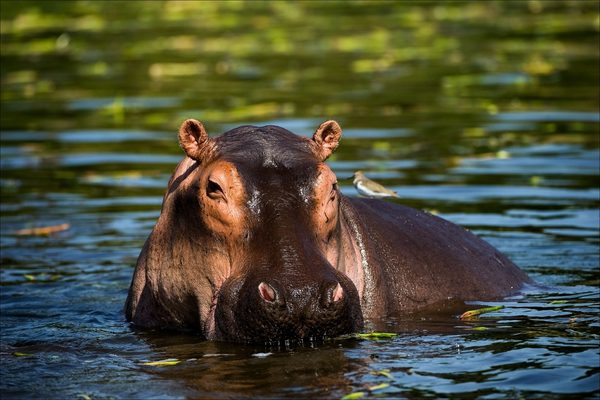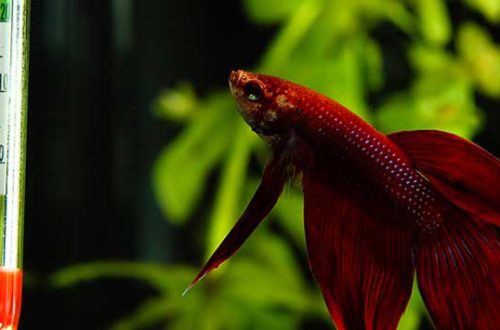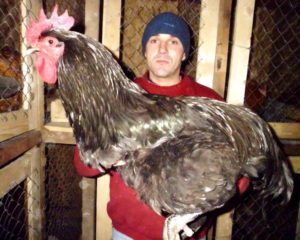
The habitat of hippos in the wild and captivity: what they eat and where danger awaits them
The appearance of the hippopotamus is familiar to everyone. Barrel-shaped huge body on small plump legs. They are so short that when moving, the belly almost drags along the ground. The head of the beast sometimes reaches a ton by weight. The width of the jaws is about 70 cm, and the mouth opens 150 degrees! The brain is also impressive. But in relation to the total body weight, it is too small. Refers to low-intellectual animals. The ears are movable, which allows the hippopotamus to drive away insects and birds from its head.
Where hippos live
About 1 million years ago, there were many species of individuals and they lived almost everywhere:
- in Europe;
- In Cyprus;
- on Crete;
- on the territory of modern Germany and England;
- in the Sahara.
Now the remaining species of hippos live only in Africa. They prefer fresh, medium-sized slow-moving ponds surrounded by grassy lowlands. They can be content with a deep puddle. The minimum water level should be one and a half meters, and the temperature should be from 18 to 35 ° C. On land, animals lose moisture very quickly, so it is vital for them.
Adult males, reaching the age of 20, retreat to their personal section of the coastline. The possessions of one hippopotamus usually do not exceed 250 meters. To other males does not show much aggression, allows them to enter its territory, but does not allow mating with its females.
In places where there are hippos, they play a significant role in the ecosystem. Their droppings in the river contributes to the appearance of phytoplankton, and he, in turn, is food for many fish. In places of extermination of hippos, a sharp decrease in the population of fish was recorded, which significantly affects the fishing industry.
What do hippos eat?
Such a powerful and large animal, it would seem, can eat whatever it wants. But the specific structure of the body deprives the hippo of this possibility. The weight of the animal fluctuates around 3500 kg, and their small legs are not designed for such serious loads. That’s why they prefer to be in the water most of the time and come to land only in search of food.
Surprisingly, hippos do not eat aquatic plants. They give preference to grass growing near fresh water bodies. With the onset of darkness, these formidable giants emerge from the water and head into the thickets to pluck the grass. By morning, a neatly trimmed patch of grass remains in the places of feeding of hippos.
Surprisingly hippos eat little. This happens because they are very a long intestine quickly absorbs all the necessary substancesand prolonged exposure to warm water significantly saves energy. The average individual consumes about 40 kg of food per day, approximately 1,5% of its total body weight.
They prefer to feed in complete solitude and do not allow other individuals to approach. But at any other time, the hippopotamus is an exclusively herd animal.
When there is no more vegetation near the reservoir, the herd goes in search of a new place of residence. They are choose medium-sized backwatersso that all representatives of the herd (30-40 individuals) have enough space.
Cases have been recorded when herds traveled distances of up to 30 km. But usually they do not go further than 3 km.
Grass isn’t all the hippo eats
They are omnivores. No wonder they were called river pigs in ancient Egypt. Hippos, of course, will not hunt. Short legs and impressive weight deprive them of the opportunity to be lightning-fast predators. But at any opportunity, the thick-skinned giant will not refuse to feast on insects and reptiles.
Hippos are very aggressive animals. A fight between two males usually ends in the death of one of them. There have also been reports of hippos attacking artiodactyls and cattle. This can really happen if the animal is very hungry or lacks mineral salts. They can also attack humans. Often hippos cause serious damage to sown fieldseating the harvest. In villages where hippos are the closest neighbors of people, they become the main pests of agriculture.
The hippopotamus is considered the most dangerous animal in Africa. He is much more dangerous than lions or leopards. He has no enemies in the wild. Not even a few lions can handle him. There were cases when a hippopotamus went under water, dragging three lionesses on itself, and they were forced to escape, getting ashore. For several reasons, the only serious enemy of the hippo was and remains a man:
- Since ancient times, people have been killing these majestic animals in order to enrich themselves or get delicious meat.
- the construction of dams and artificial changes in the flow of rivers, adversely affects the hippopotamus population.
The number of individuals decreases every year …
Diet in captivity
These animals very easily adapt to a long stay in captivity. The main thing is that natural conditions are recreated, then a pair of hippos can even bring offspring.
In zoos, they try not to break the “diet”. Feeds correspond to the natural food of hippos as much as possible. But thick-skinned “kids” can not be pampered. They are given various vegetables, cereals and 200 grams of yeast daily to replenish vitamin B. For lactating females, porridge is boiled in milk with sugar.





